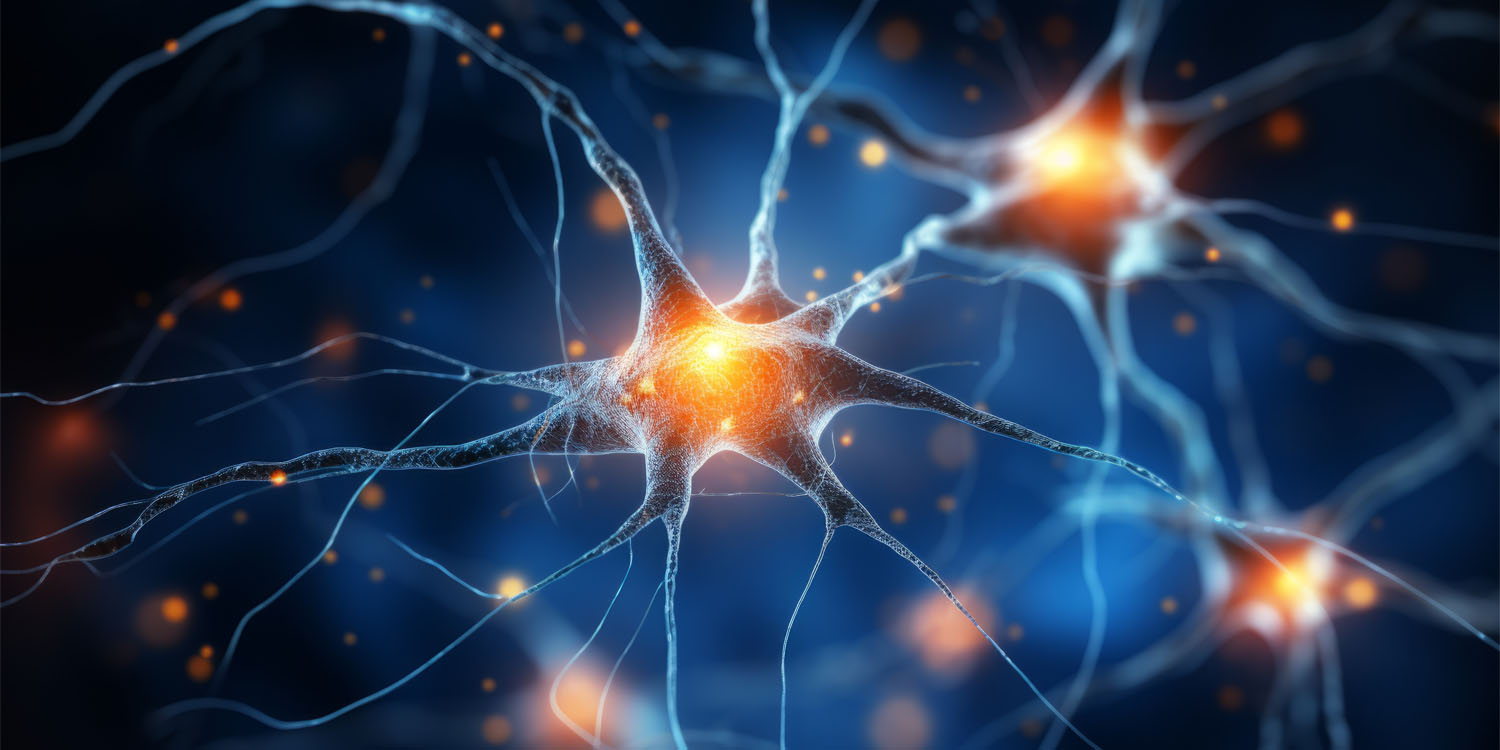

Scientists have unveiled the first comprehensive brain map detailing the regions activated in prairie voles during mating and pair bonding. This small Midwestern rodent, known for forming long-term monogamous relationships, has provided a fascinating glimpse into the complexities of attachment and love.
The study, published in the journal eLife, reveals that both male and female voles experience nearly identical patterns of brain activity across 68 distinct regions during the stages of mating, bonding, and the development of a stable, enduring bond. The findings also point to a surprising connection between orgasms and neural activity.
The study addresses a fundamental question: how does sex relate to lasting love? Scientists have long recognized the importance of social bonds in enhancing the quality of life, reducing stress, and even extending lifespan across various species, including humans. Yet, the neural mechanisms underpinning these bonds, especially in the context of romantic and enduring partnerships, have remained elusive.
By focusing on prairie voles, a species whose social and mating behaviors closely resemble those of humans in terms of monogamy and long-term bonding, the researchers aimed to shed light on the neural circuits that facilitate these complex social behaviors.
The research team initiated their investigation by selecting sexually naive prairie voles, which were then prepared through a process that ensured females were in estrus, creating a uniform starting point for observing mating behaviors and bond formation.
Through a series of controlled behavioral experiments, more than 200 voles were paired under various conditions, allowing the researchers to monitor the progression from initial mating interactions to the establishment of a stable pair bond. These observations were meticulously recorded, focusing on activities indicative of bonding, such as mating, grooming, and social interactions.
Following the behavioral phase, the voles’ brains were prepared for neuroimaging, employing techniques like perfusion and fixation, immunolabeling for immediate early genes to mark neuronal activity, and scanning with light-sheet fluorescence microscopy to generate high-resolution 3D images of brain tissue.
The researchers found that the formation and maintenance of monogamous relationships. Their findings demonstrated that the experience of mating and subsequent bond formation activates a wide array of brain regions, much broader than previously identified in any studies of social bonding. Specifically, they discovered activity across 68 distinct brain regions, which were grouped into seven major circuits. This widespread neural engagement suggests that the process of forming a lasting bond is not localized to a few areas but involves a coordinated, brain-wide network.
One of the most striking findings from the study was the high degree of similarity in brain activity patterns between male and female voles during the bonding process. This challenged the prevailing hypothesis that sex differences, influenced by sex hormones like testosterone, estrogen, and progesterone, would lead to distinct neural pathways for bonding in males and females. Instead, the researchers found that both sexes share nearly identical neural circuitry during the stages of mating, bonding, and the establishment of a stable, enduring bond.
“That was a surprise,” said Steven Phelps, a professor of integrative biology at The University of Texas at Austin and senior author of the study. “Sex hormones like testosterone, estrogen and progesterone are important for sexual, aggressive and parental behaviors, so the prevailing hypothesis was that brain activity during mating and bonding would also be different between the sexes.”
Male ejaculation served as the strongest predictor of neural activity across the 68 brain regions associated with bonding in prairie voles. This finding was unexpected, as it suggests that the act of ejaculation during mating plays a crucial role in activating the neural circuits involved in bond formation.
Importantly, this effect was not isolated to males; females exhibited increased bonding-related brain activity when paired with males who reached this milestone, indicating a shared neural response to the mating process that facilitates pair bonding.
The profound impact of male ejaculation on bonding-related neural activity in both partners suggests that this event may serve as a critical biological signal that triggers a cascade of neurological responses conducive to bond formation. This mechanism could be an evolutionary adaptation to enhance reproductive success by promoting the formation of stable, monogamous pair bonds, which are beneficial for cooperative rearing of offspring in species like the prairie vole.
“The brain and behavior data suggest that both sexes may be having orgasm-like responses, and these ‘orgasms’ coordinate the formation of a bond,” Phelps said. “If true, it would imply that orgasms can serve as a means to promote connection, as has long been suggested in humans.”
While the study represents a significant leap forward in understanding the neurobiology of bonding, the authors acknowledge its limitations. The reliance on immediate early gene induction as a proxy for neural activity may not capture all relevant neuronal activations. Additionally, the experimental design, focusing on sexually receptive animals, might have restricted the variability in sexual behavior, potentially overlooking other factors influencing bond formation.
The researchers advocate for further studies to explore the variety of neural and behavioral dynamics involved in pair bonding, including the role of different cell types within identified brain regions and the effects of non-sexual social interactions. Such investigations could offer deeper insights into the maintenance of bonds and the neural underpinnings of social attachment more broadly.
The study, “Sexual coordination in a whole-brain map of prairie vole pair bonding,” was authored by Morgan L. Gustison, Rodrigo Muñoz-Castañeda, Pavel Osten, and Steven M. Phelps.










